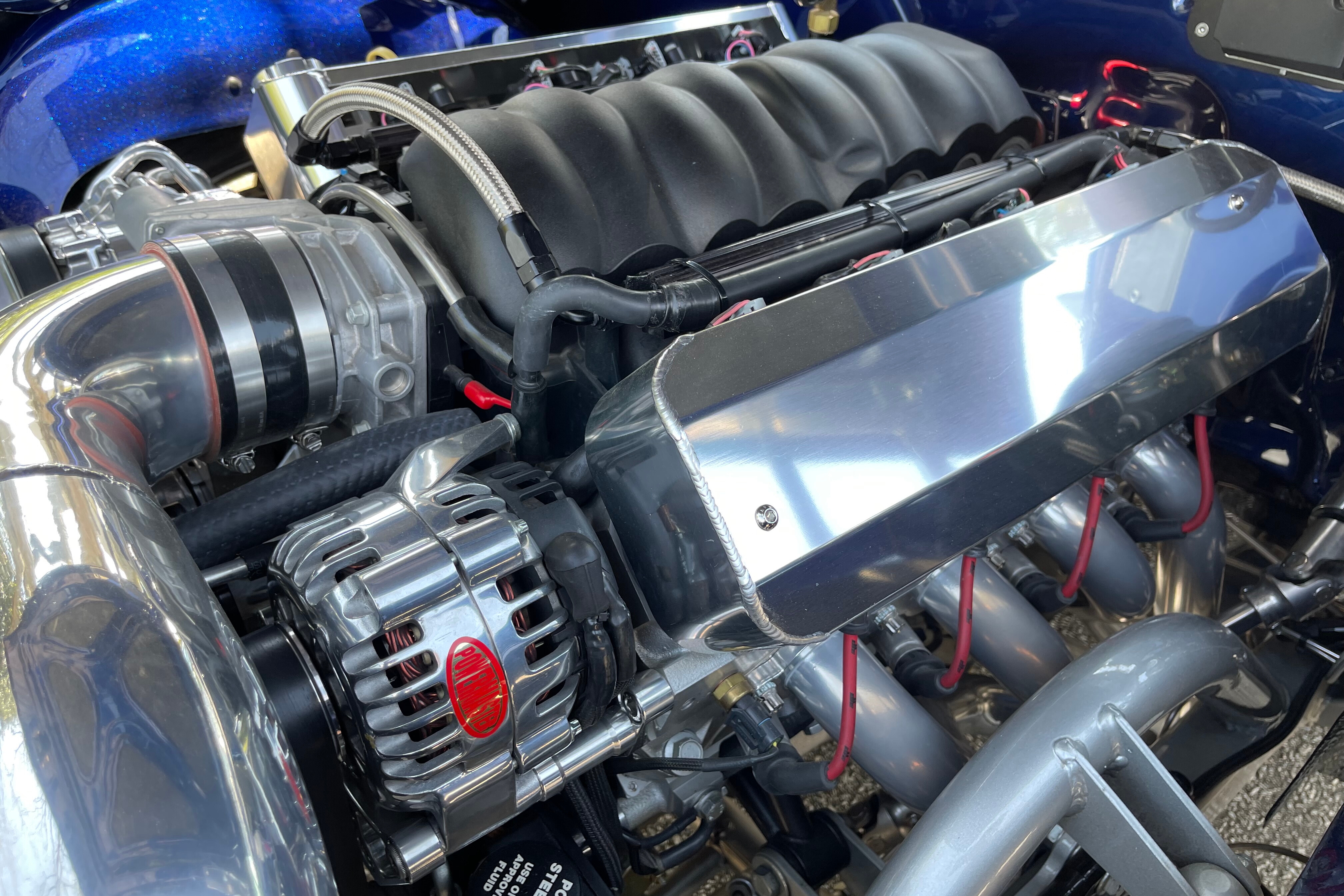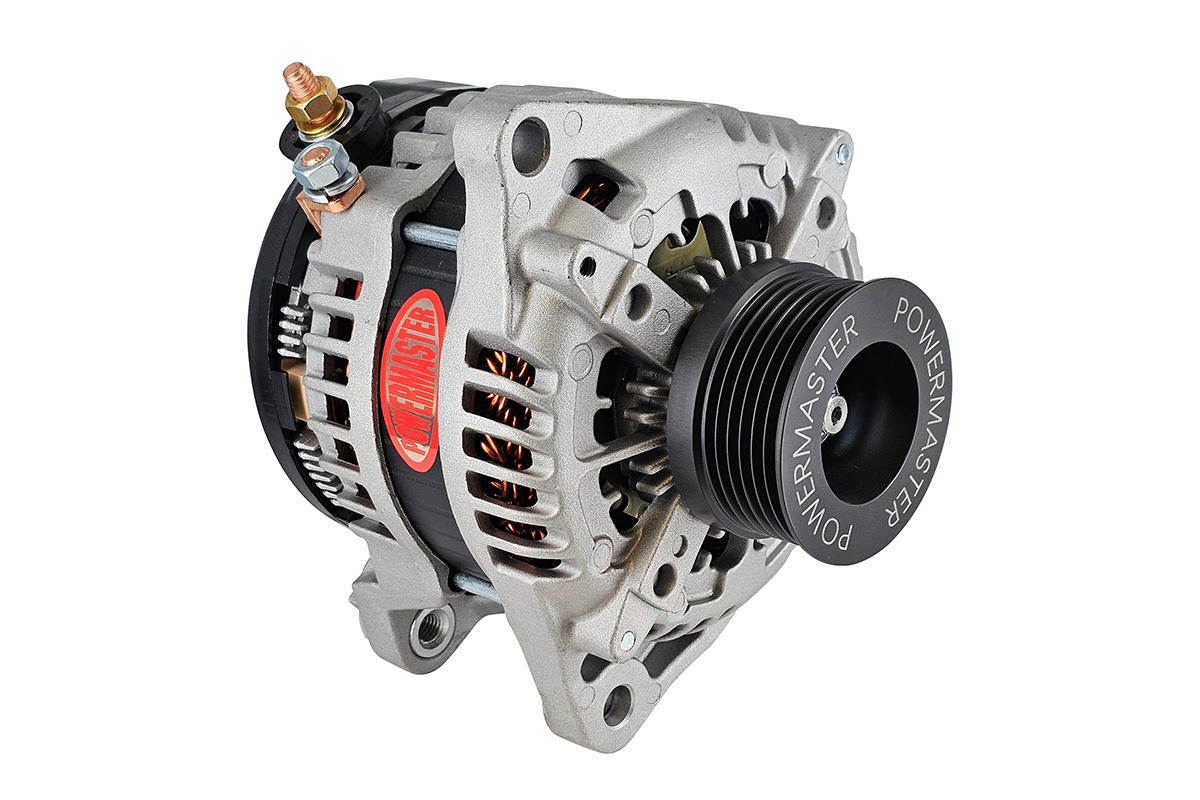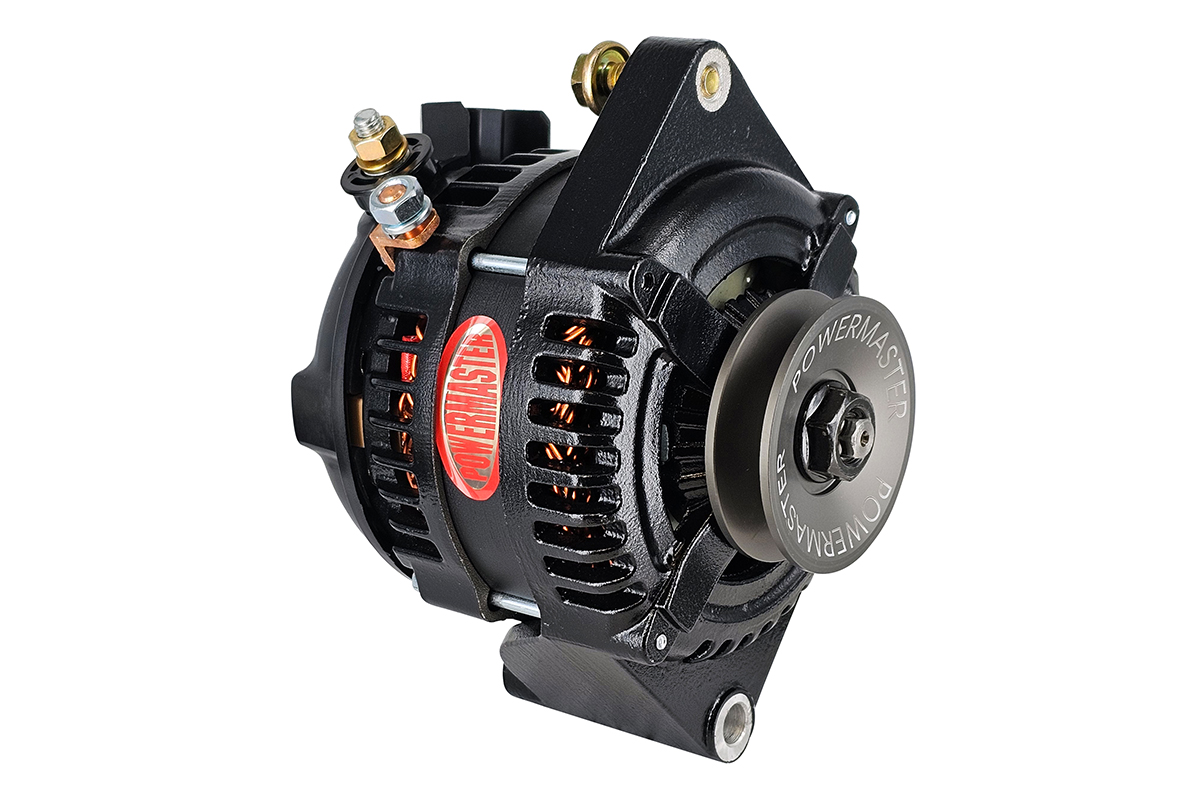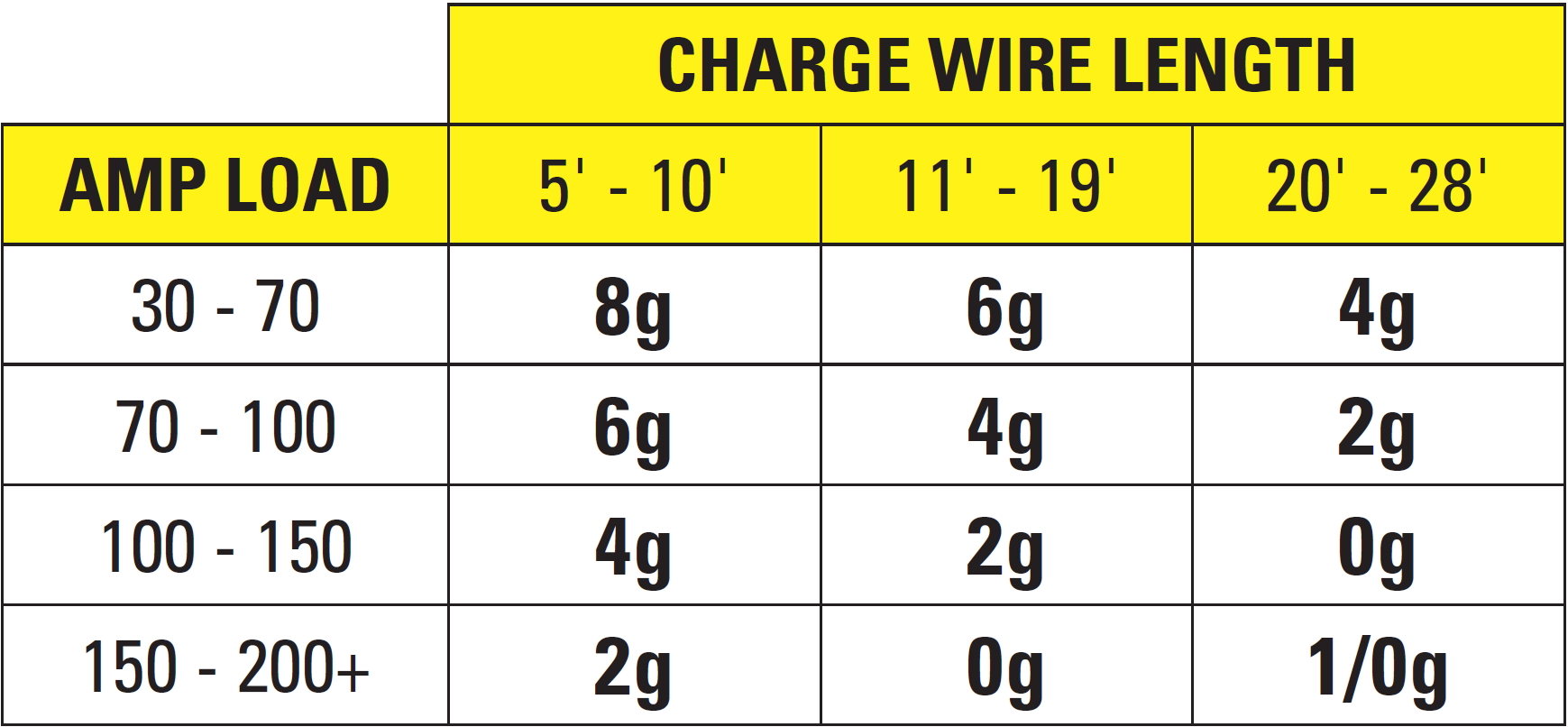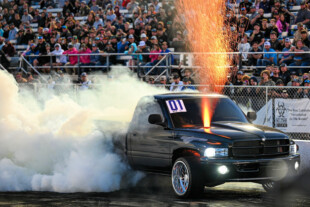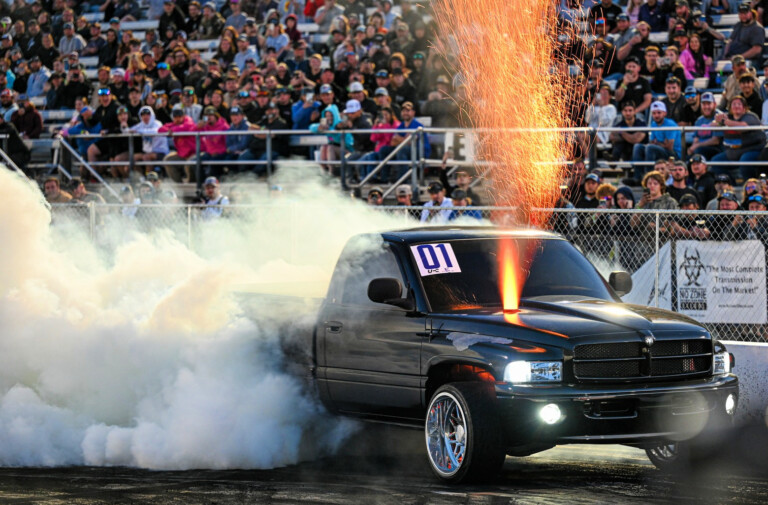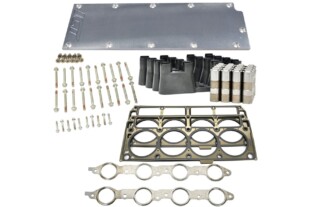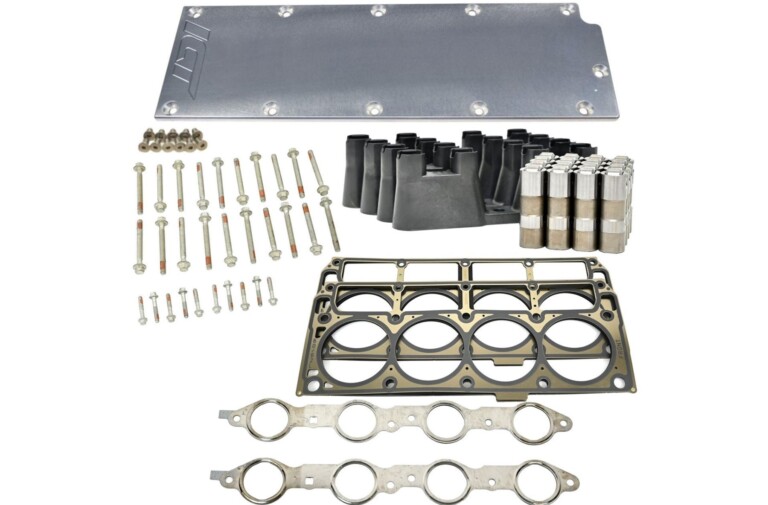When it comes to cool speed parts for your muscle machine, a high-output alternator is not generally on the top of the list. However, as you add items like a high-volume electric fuel pump, cooling fans, a modern ECU for fuel injection or a thumpin’ sound system, a high-output alternator creeps up higher on the list of mandatory components.
“Mandatory” you may ask? Absolutely. As more electronic controls are added to your hot rod, the more important a high-output alternator becomes. Would you add a high-lift cam without updating the rocker arms or springs? What about upgrading to a Posi when changing rear end gears or a pressure plate with a clutch disc? These are all things that work together and if you add more components that require electricity, you’ll need an alternator that can keep up with those needs.
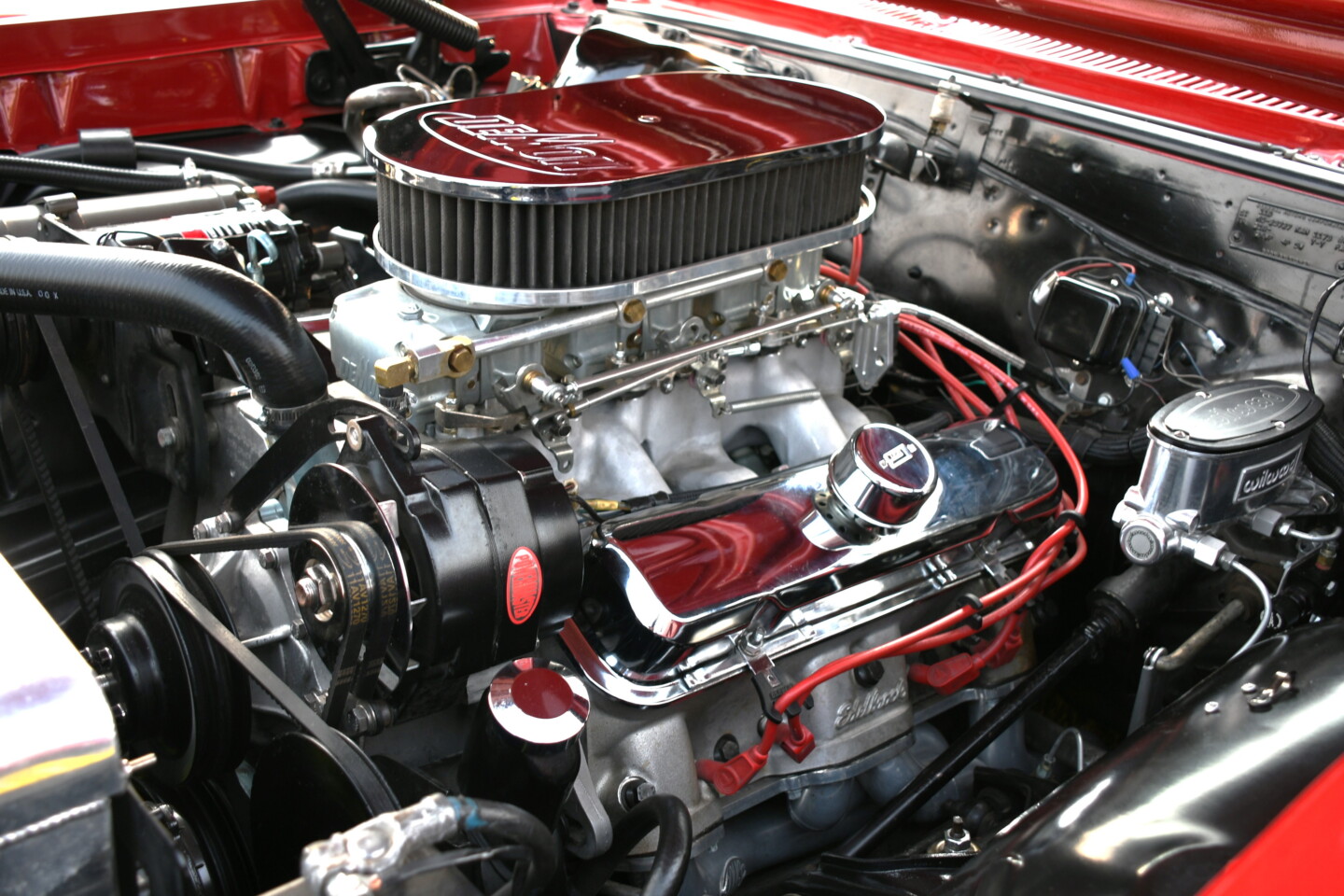
This Powermaster alternator looks almost stock and fits in with the underhood look nicely. The more electric adds-ons your car has, the more you need a high-output alternator.
It is important to note that it is the responsibility of the alternator to produce the electricity your vehicle needs while it is running — not the battery. The battery’s main function is to act as a reserve storage of electricity that is primarily used to get the engine started.
Once running, the alternator is tasked with keeping the battery at full charge and if you’re using more current than the alternator is capable of producing, not only will all of the electronic devices suffer, but you may end up on the side of the road, or if you’re lucky, sitting in a parking lot begging for a jump.
Think of it this way: The alternator supplies the water to the battery and the battery passes out the drinks to all the electronics. As more electronics show up, the drinks go faster and if the alternator can’t keep up, the battery will eventually pass out all the drinks and be empty.
Party over.
Current Requirements
The best way to determine what you need out of an alternator is to take a step back and add up the current requirements of the components on your car. Most manufacturers list the current requirements on their website or in the instructions. You’ll be surprised how things add up.
To give you an idea, a standard electric fuel pump will use at least 15-20 amps — more for higher-output versions (use 15-30 to be safe). A single electric fan can pull 30 amps, air conditioning up to 20 -30 amps, air compressors for suspensions, power windows, etc., all add up quickly.
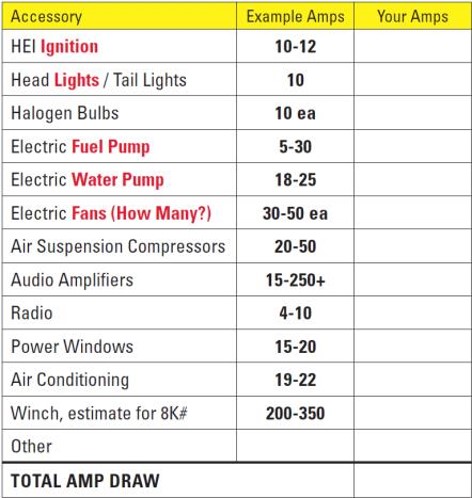
Before buying an alternator, make a list of all the electronics on your car and add up the amount of current each component requires. The sum will surprise you!
Once you have a feel for the output requirements your car needs, don’t just go pick the highest rated alternator – you need to consider the rpm range of the alternator’s output. Most alternators are rated at their highest output possible which generally occurs at its top rpm. For example, a 140 amp may only produce that amount above 2,500 rpm (engine), but only about 60 amps when your engine is at idle or at low cruising rpm. An alternator’s output is not linear! If the alternator is only putting out 60 amps at idle, yet you’re using 100 amps with you’re A/C and electric fans running while waiting to pull into the cars and coffee, well, you can figure out the result.
Low RPM – High Current
Thanks to the low idle speeds of modern engines and overdrive transmissions, keeping up with the charging chores really taxes older or OEM replacement-style alternators. With high current demands at lower rpm in mind, Powermaster Performance, the alternator and starter pros from West Chicago, Illinois, developed their HPR Alternators. These alternators use a unique winding design on both the stator and the alternator to pack in more copper and improve efficiency to produce big current at low rpm.
Powermater’s new HPR Series of alternators are designed to deliver a much more balanced output from idle to top end. Two versions are available; a Small Frame HPR to bolt in place of common 12si, CS130 and 10si units and a Large Frame HPR designed for late model engines. Both units produce very high current at idle and low rpm where you need it most.
The Large Frames are capable of producing up to 195 amps at idle with 250 amps at higher rpm while the Small Frames provide over 145 idle amps and up to 180 top end. That’s more than enough to keep up with today’s modern muscle machines.
Charge Cables
As Peter Parker’s Uncle said, “With great power comes great responsibility”. In the case of charging systems, when you have an alternator capable of producing high current, you need to be responsible to consider the charge cables and grounds on your car. You can have the most powerful alternator available, but a crusty, small gauge charge cable running to the battery is not going to cut it – in fact, it could become a hazard.
Powermaster recommends using a multi-strand, copper cable with professionally crimped terminals. As for what gauge you should use, that depends on the battery location and alternator output. If the battery is under the hood and 2-feet away from the alternator, you can use a 4- or 6-gauge cable, however for trunk mounted batteries, it’s time to step up to a 2- or 0-gauge cable.
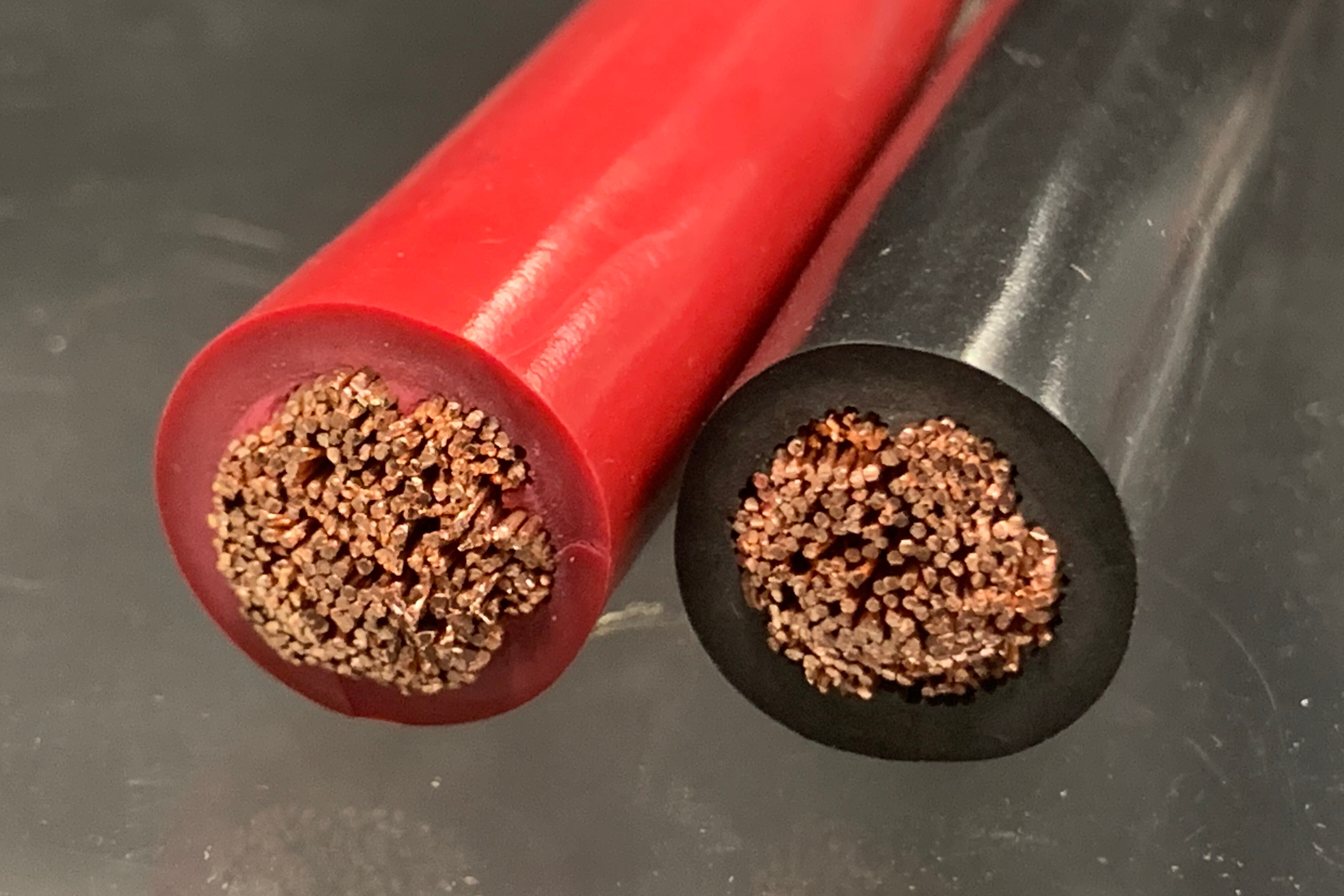
Nearly as important as the alternator itself, a high quality charge wire must be used. As current requirements and the distance from the battery grow, the gauge of wire also needs to be considered. Always use a high quality, multi-strand cable for battery and ground connections.
If you notice on Powermaster’s high output alternators, there is also a ground terminal. High current alternators should be grounded directly to the engine block using the same gauge cable as the charge wire. This is a good practice with any high output alternator, but even more important due to brackets being painted or powdercoated which creates a challenge for electrons to find a ground.
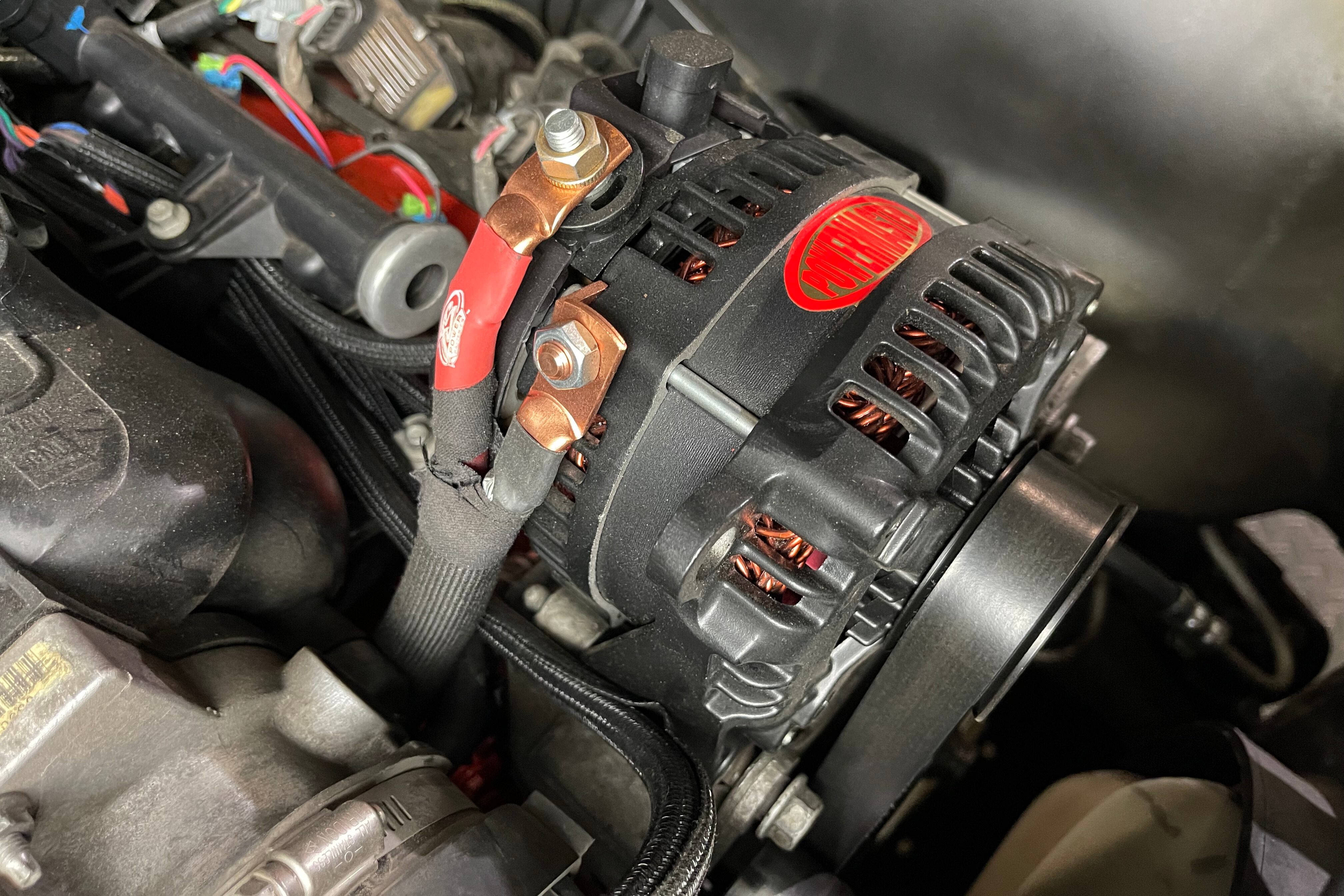
On their high output HPR Alternators and other models, Powermaster provides a ground stud on the alternator housing that should be connected to the block or battery negative terminal.
Adding Tension
Powermaster’s Small and Large Frame Alternators are available to bolt into many factory and aftermarket serpentine accessory drives, but if you’re a fan of an old-school single V-belt, you need to make sure to really tighten the belt on a high output alternator. As in, really tighten! A slipping belt causes heat and excessive heat is not something alternators like. Today’s high output alternators need that belt to be good and tight! Powermaster builds these alternators with two extremely strong bearings so don’t be afraid to get that V-belt tight.
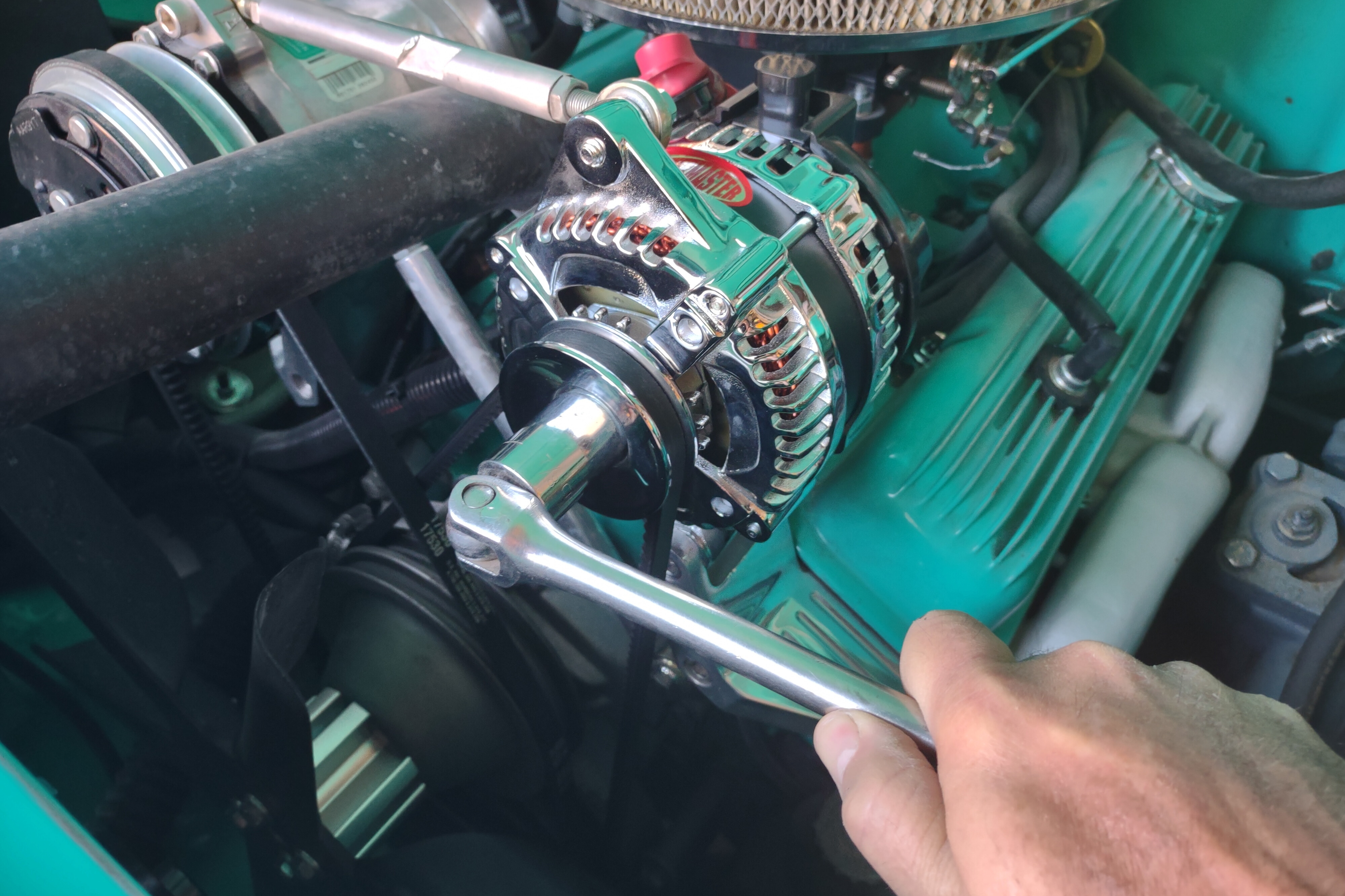
Powermaster recommends that V-belts be tightened until the alternator cannot be turned with a 3/8” ratchet connected to the pulley bolt. The bearings can support the pressure and a slipping pulley causes heat and turmoil to the inner workings of the alternator.
HPR Alternators
As you can see, there’s a bit more to selecting the right high-output alternator for your modern street machine application, but the extra time and effort with new cables and grounds, you’ll won’t be watching that volt gauge at every stop light.
Powermaster offers its HPR Alternator series as direct plug-in models, as well as one-wire connections for most performance V8s out there. It also has different finishes and pulleys available to suit your accessory drive requirements.


